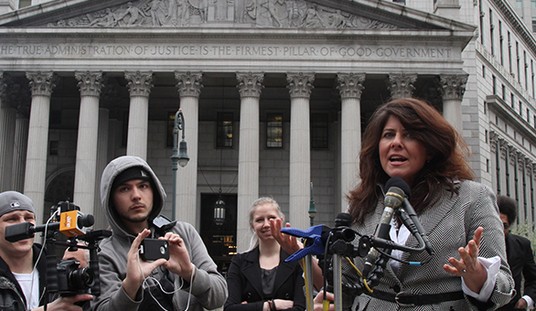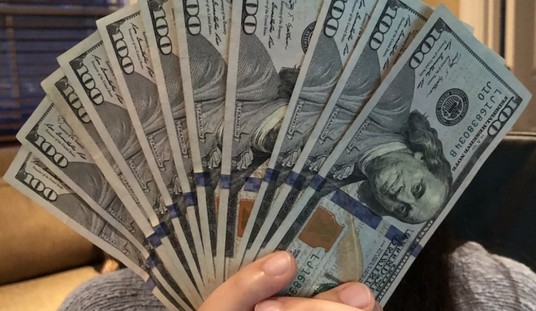When we don’t know who we are, we often wish to be someone else.
This is an unfortunate but common aspect of human nature. It is exactly what brings us the cliché, “The grass is always greener on the other side of the fence.” Struggling to wrestle with one’s own identity is embedded in our DNA. We are repeatedly thrust into life cycles that force us to reflect, grow, and change.
The first time your toddler tells you “NO” is their very first foray into identity. They are taking the beginning steps of their journey to discover who they are, what they want and don’t want. Those toddlers eventually become adolescents, and puberty brings with it a whole new set of discoveries…and confusions. Changing bodies and changing tastes make for a lot of questions. Am I “mean girl” or “good girl”? A jock or a nerd? Do I want to look like everyone else or do I hate being like everyone else? Do I like this music or that? This show or that? This boy or that? Will I ever feel comfortable in this body?
The identity questions don’t end there. With each new decade and each new life event — marriage, divorce, children, loss — we must face the looming existential question of the ages…who am I and how do I fit into this world?
When we don’t have the answers we can often catch ourselves imitating others. I had a friend who had grown up with severe trauma, in horrific circumstances. Her childhood made for a wild adulthood, but as she matured she found herself wondering who she was and who she should be. However, she had never been equipped with the ability to emotionally anchor herself, and so she took on the persona of who she thought she should be. The tattooed, pierced, party-hard wild child found a middle-class businessman to settle down with, had a baby and became a stereotypical housewife. She donned her yoga pants and put her baby in an expensive stroller and went for walks with mom clubs and scheduled playdates. For a while it worked. She was a bonafide housewife…as “normal” as it gets.
But that wasn’t who she was, and when the pressures of her lifestyle began to close in, she could no longer maintain her valiant experiment. Eventually, she willingly left her child in the care of her disappointed but understanding husband and a new woman in his life who was up to the task of mothering. She finished both her tattoo sleeves, got more parts of her face pierced, and once again became the aimless wild child I knew. She tried. She really, really did. It just wasn’t who she was, and unfortunately others had to be pulled into her quest for identity.
Trying to be someone you’re not can be a really rough experience, made worse by well-meaning but misguided people who tell you that if you just try a little harder, dress a little different, cover these tattoos, or change this body part that you will finally be comfortable with who you are.
It is exactly the wrong thing to do, and it has led us to a troubling place in our history in which too many beautiful humans are trying to force themselves into living someone else’s life.
We are allowing a thoughtless element in this nation to convince our children that the perfectly normal identity crisis of puberty is anything but. They use the cover of “compassion” to take advantage of a human’s natural impulse to want to be someone else when they are confused with their own identity, and twist it to push many young people into permanently accepting what is otherwise a temporary exploration of identity.
Those young people will experience the need and desire to shift identity again and again in their lives. Testing the waters is often how we learn what we like about ourselves, but more importantly, what we don’t like about the people we think we want to be. For too many children who have had their development literally and figuratively halted by the madness of transgender ideology, the “tester” identity has been forced upon them as their permanent identity. Worse yet, the necessary constant of knowing that we are unique creations with purpose and value has been ripped out from under them.
God is a fantasy, nuclear family is a Western social construct that must be dismantled, and any day they could wake up and be an entirely different person with an entirely new gender. When you can’t even be sure if you’ll be a man or a woman when you wake up in the morning, what hope to you have for ever finding the real you?
Who am I?
This is the biggest question we face in our lives, and we face it repeatedly…for a reason. Grappling with the question is a vital part of moving on to the next evolution of our persona. In short, it breeds maturity. We are robbing our youth of the opportunity to find maturity when we condemn them to be stuck in the question, instead of letting them move through it naturally, and allowing their conclusions to shape who they are presently.
Forcing a growing teen to be stuck in an identity that should be evolving simply condemns them to a life of being someone else. Like my friend, being someone else will only get you so far. Eventually your psyche will be forced to correct, and if you have no constant to fall back on — stable family, faith, science — you may be consigned to a life of wandering and self-mutilation — be it physical or emotional.
My friend succumbed to just that thing. A traumatic childhood and the right enablers in the wrong places led her to take her own life. She was never given the space or the tools to honestly answer the most important question about herself: Who am I?
Let’s not punish our children with that same burden. We must release them from the dangerous ideology that tells them who they are at ten, or thirteen or fifteen is who they will be their entire lives, and that they should unnaturally change their bodies to match.
Let them ask: Who am I?
Then let them find the answer…again and again and again. As it should be.














Join the conversation as a VIP Member